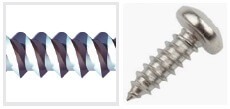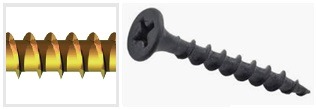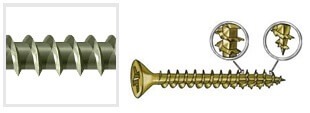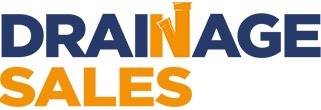Screw Threads - The Most Common Types
Detailed below are the most common threads found on screws in the UK.
For more details on bolt threads, please check out our guide to different thread types found on UK fasteners.
Twin Thread
A twinthread screw has, as the name suggests, a pair of threads that run along the screw body. The pitch of a twinthread screw (the distance between the threads) is usually greater than that of a single thread screw. The result of this is that installation is faster with a twinthread screw.
| TWIN THREAD |
 |
Twinthread screws are easier to get started and are generally easier to drive into position than single thread screws.
Self Tapping Thread
The main differentiator of self-tapping threads is that they eliminate the need for pre-drilling a hole as a separate operation. They are most commonly used in thin steel applications (1-5mm).
| SELF TAPPING THREAD |
 |
All that is required to insert a self tapper is a pilot or punched hole to introduce the screw. They then form their own thread as the screw is driven into position.
Coarse Thread
Also sometimes referred to as spaced threads, coarse threads are normally used for all timber applications. A thread is generally classified as coarse if it has less than 16 threads per inch.
| COARSE THREAD |
 |
Fine Thread
Also referred to as metric threads, they are only used in steel applications, for sheet thicknesses of 5 to 12mm. A thread is generally classified as fine if it has more than 16 threads per inch.
| FINE THREAD |
 |
Serrated Thread
Serrated threads have small serrations all the away around the crest of the thread. They reduce the force needed to insert the screw, whilst also speeding up insertion times.
| SERRATED THREAD |
 |
Hi-Lo Thread
Hi-Lo Threads are used with softer timbers, plastics and thin sheets – materials with a low density. The alternating high and low threads have a better gripping and holding power than standard coarse threads.
| HI-LO THREAD |
 |



